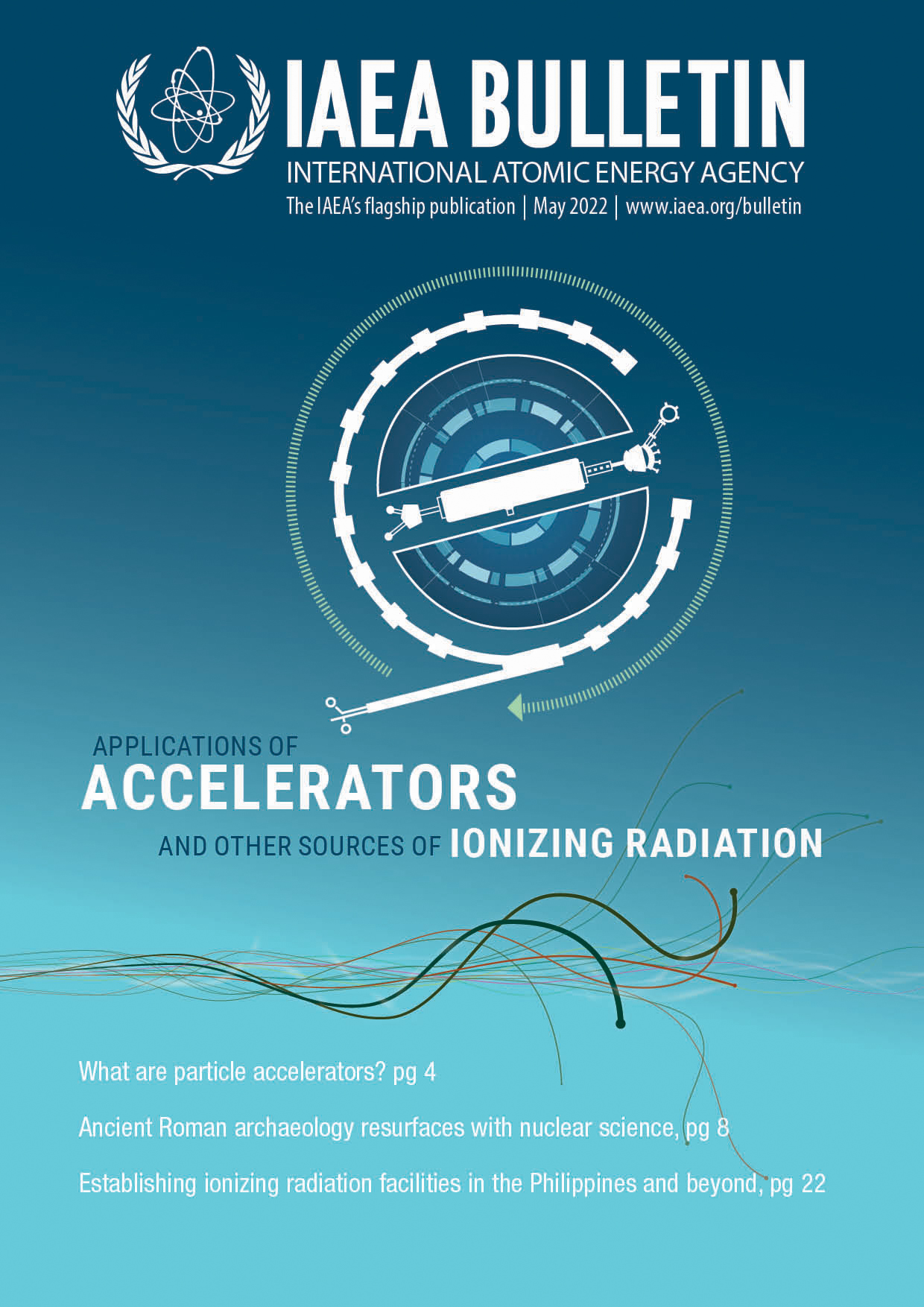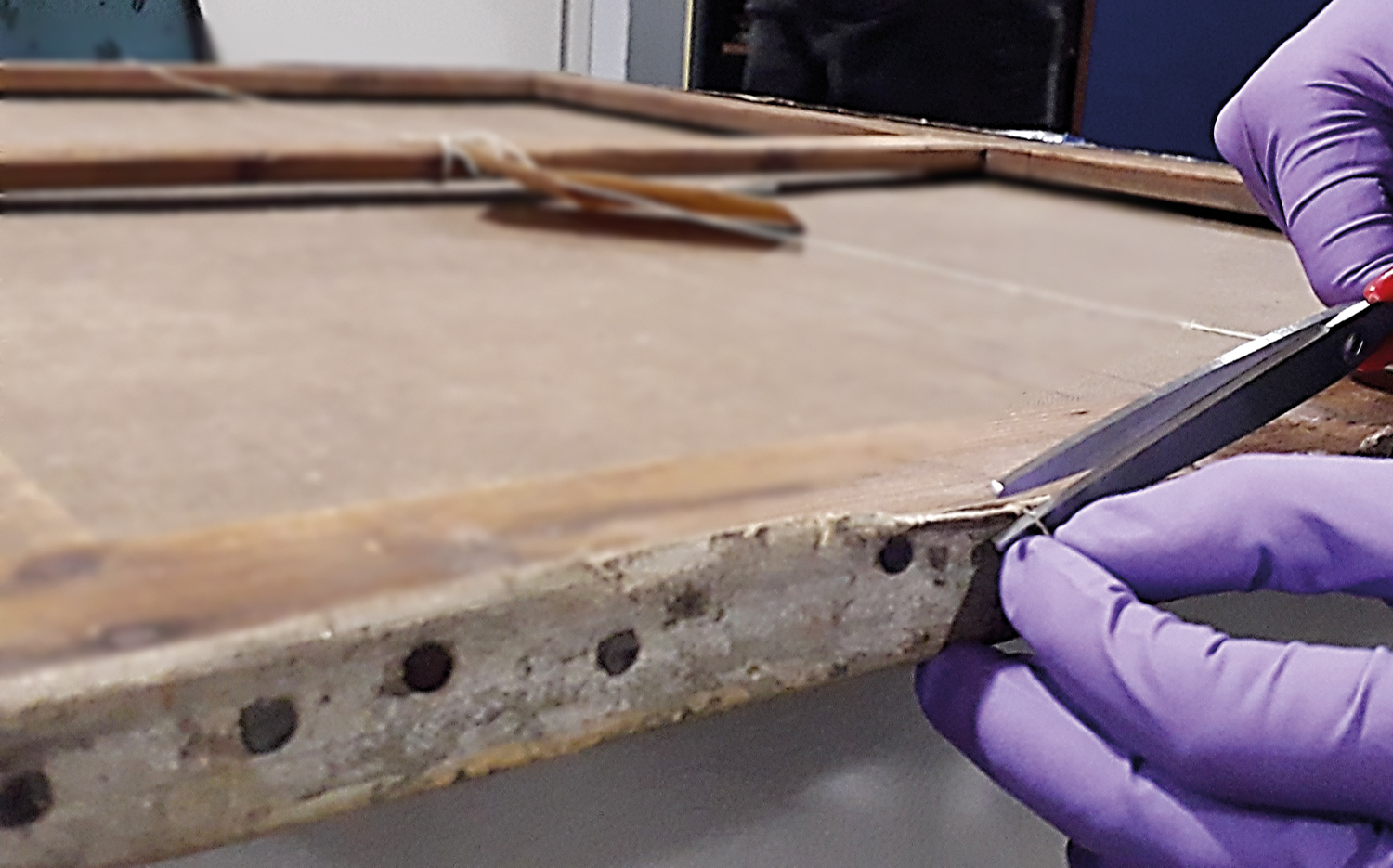The story behind a painting typically starts with identifying the artist and when the work was produced. And truth be told, there are some allegedly prized paintings that tell a story of criminal deception. Art forgery can be lucrative and go undetected, but analysis techniques, including radiocarbon dating using accelerator mass spectrometry (AMS), can reveal the fakes.
“Nuclear analytical techniques are extremely powerful in determining the composition, origin, authenticity and age of samples or objects, and hence have direct relevance to forensic science,” said Aliz Simon, a nuclear physicist at the IAEA. “In this context, nuclear techniques may be effective tools for a variety of purposes, such as the investigation of art forgery, detecting illicit trade, identifying counterfeited food and sub-standard medicines, and trace evidence analysis, for example, pieces of glass from a crime scene.”
Forensic science is the application of scientific methods or expertise to examine evidence to assist in criminal investigations. It comprises an array of disciplines, from DNA and fingerprint analyses to compositional and glass analyses. In the field of forensics, accelerators are used to analyse a material’s composition, structure, age and other properties. “X-rays, neutrons and ions offer advantages over conventional methods,” Simon said. “They can analyse one particle among millions and pinpoint origin with great accuracy, while leaving evidence intact.”

